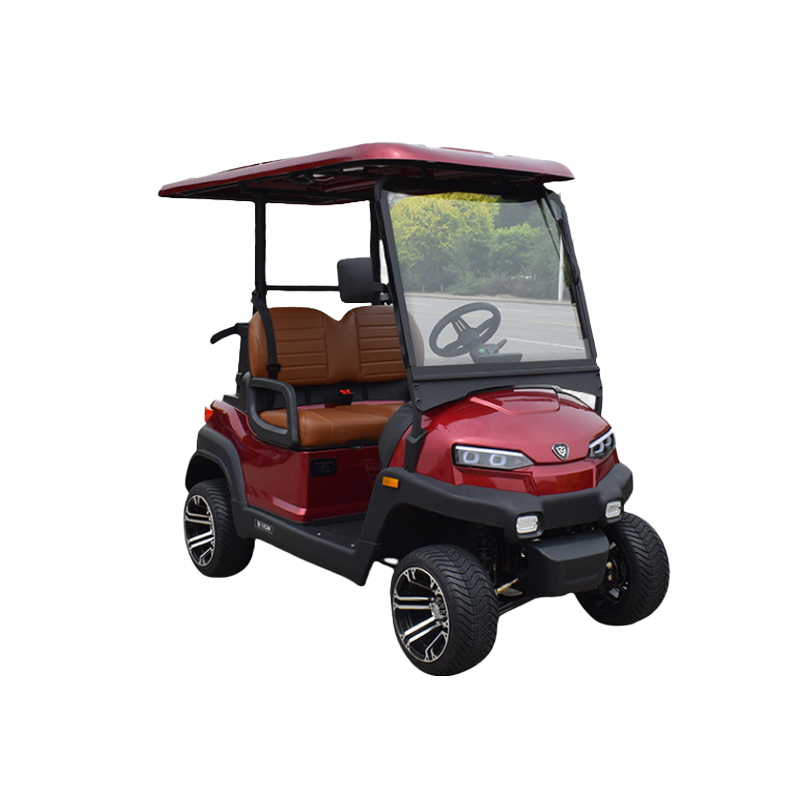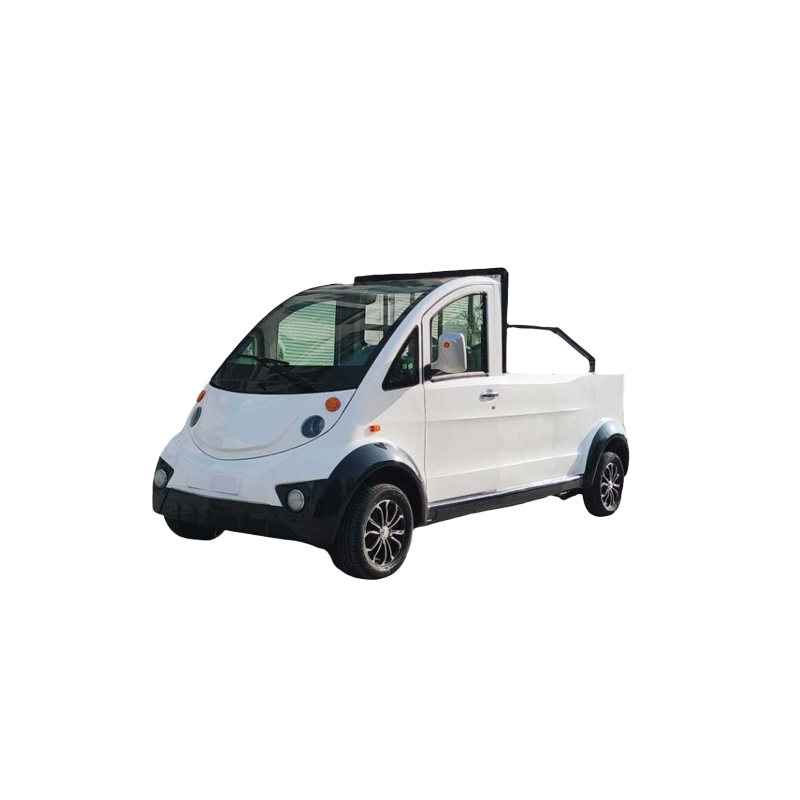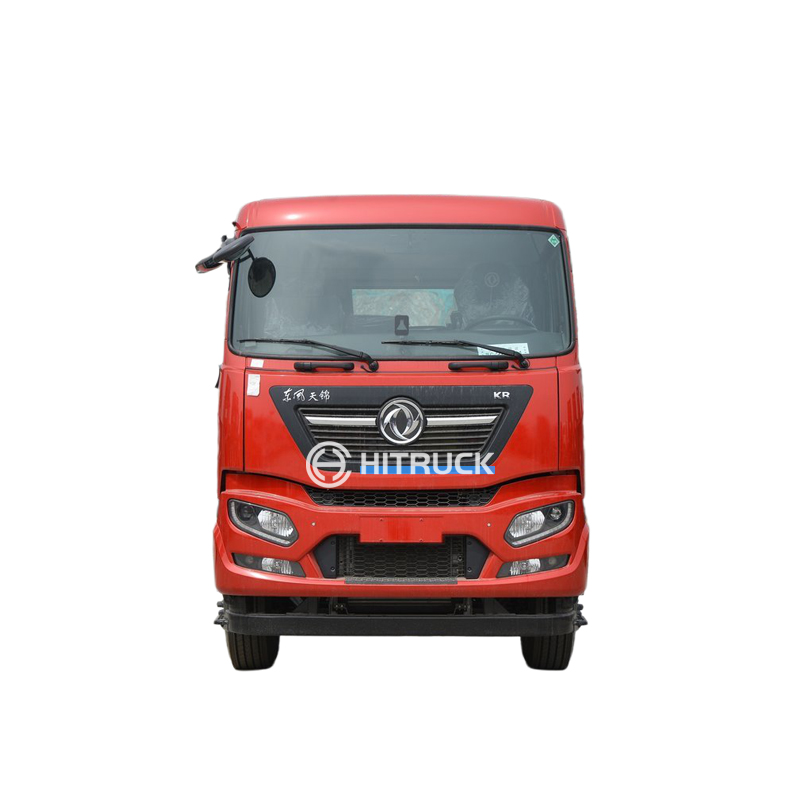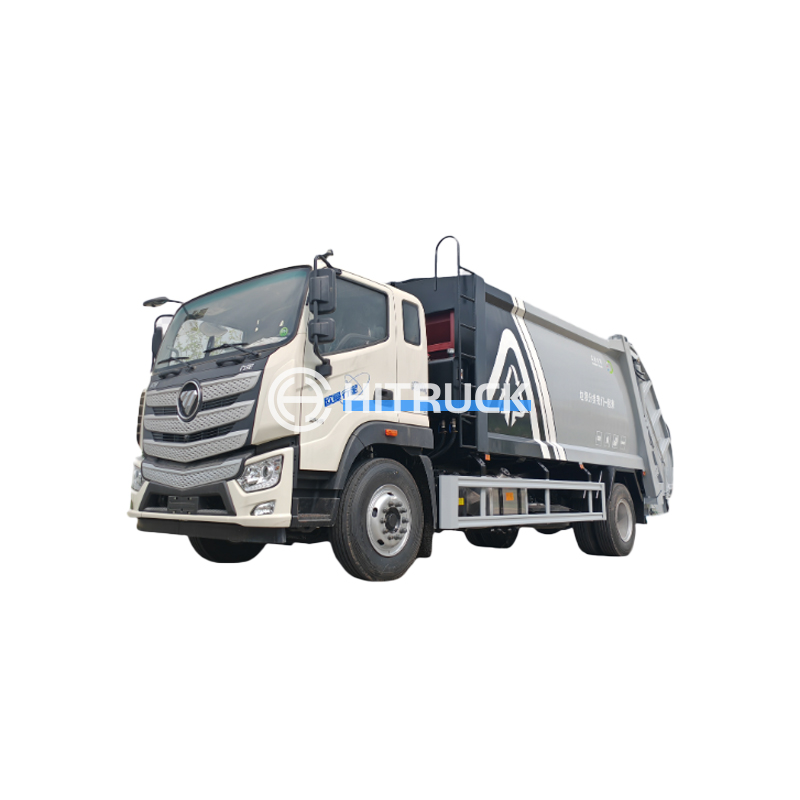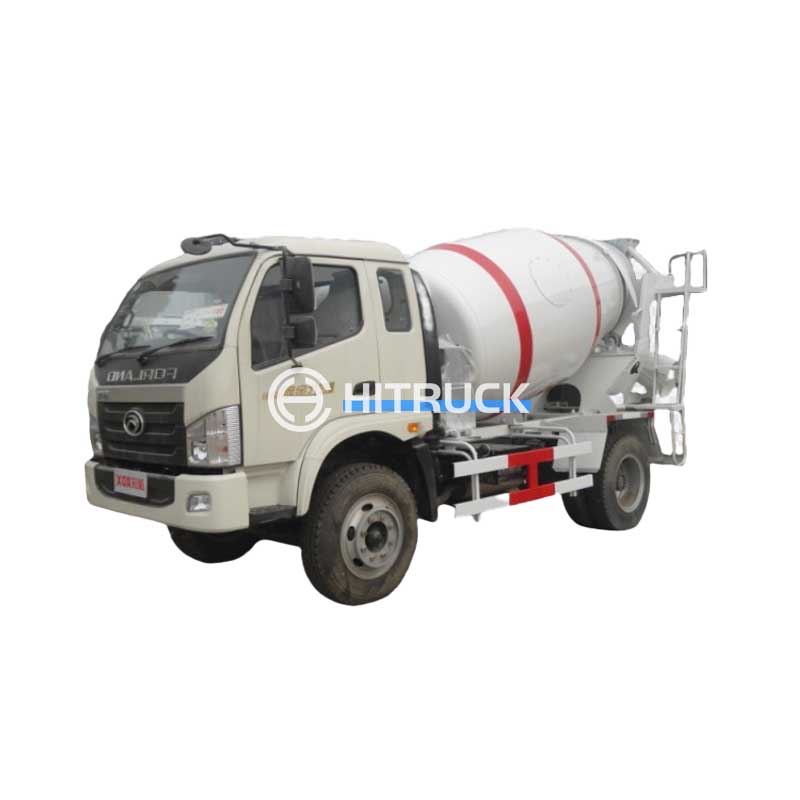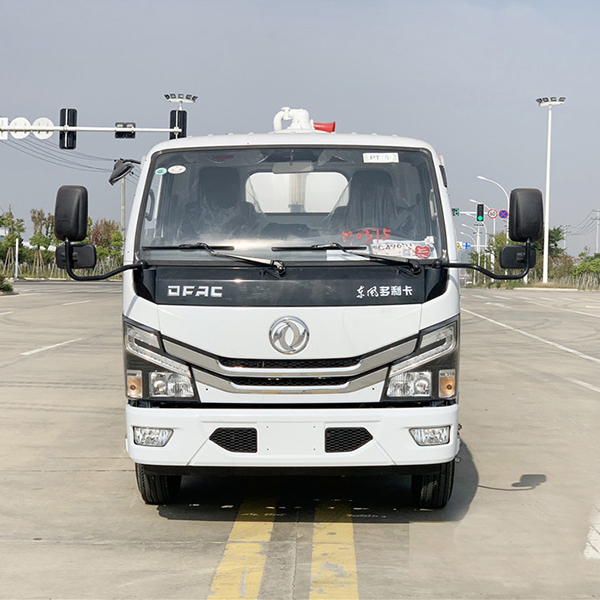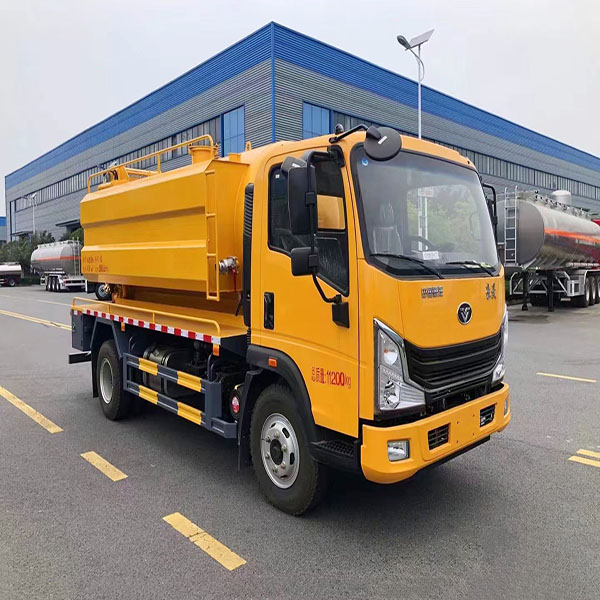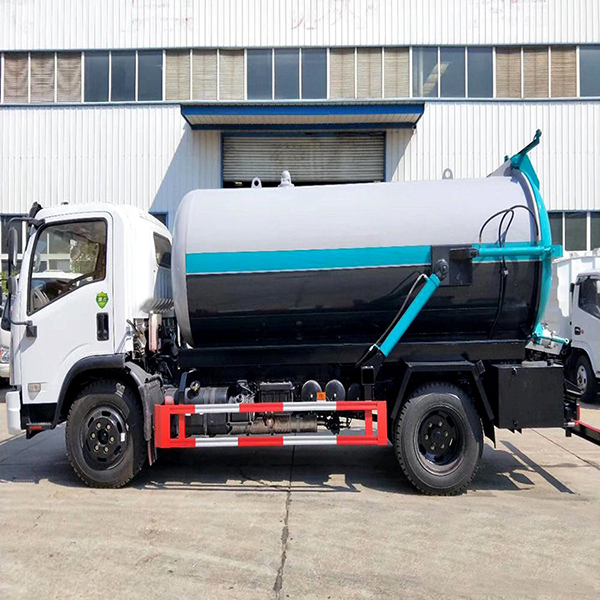Choosing the right overhead crane is crucial for efficient and safe material handling. This guide provides a detailed overview of various overhead crane types, factors to consider when selecting one, and key features to look for to ensure optimal performance and longevity. We'll cover everything from capacity and span to safety features and maintenance, helping you make an informed decision for your specific needs. Learn about different models, manufacturers, and the importance of professional installation and regular inspections to keep your operations running smoothly.
Overhead traveling cranes, also known as bridge cranes, are the most common type. They consist of a bridge structure running on two parallel runways, with a hoist trolley moving along the bridge. These cranes are highly versatile and suitable for a wide range of applications. Factors to consider include the crane's load capacity, span, and lifting height. Consider the weight of the heaviest load you anticipate lifting and the required coverage area to determine the appropriate specifications. Reputable manufacturers such as Konecranes and Demag offer a wide selection of high-quality overhead traveling cranes.
Jib cranes provide a cost-effective solution for lighter-duty applications. They feature a jib arm mounted on a fixed mast, offering a limited coverage area. Jib cranes are ideal for workshops or smaller industrial settings where a full overhead crane system may be unnecessary. The selection process involves determining the required lifting capacity and reach. While typically less expensive than overhead traveling cranes, they offer a reliable solution for specific tasks.
Gantry cranes are freestanding structures that operate on a ground-level track. Unlike bridge cranes, they don't require existing building structures. This makes them suitable for outdoor use or situations where installing overhead runways is impractical. Consider the required lifting capacity, span, and the stability of the ground surface for safe operation. The selection criteria also involve evaluating the robustness of the gantry structure itself to handle the required load.
The crane's load capacity (the maximum weight it can lift) and span (the distance between the runways) are fundamental considerations. Determine the heaviest load you'll be lifting and the required coverage area to select a crane with sufficient capacity and span.
The lifting height dictates the crane's vertical reach. Accurately assess your lifting needs to ensure the chosen overhead crane can reach the required height.
Safety should be paramount. Look for features such as overload protection, emergency stops, and limit switches to prevent accidents. Regular inspections and maintenance are essential to maintain safety standards. Compliance with relevant safety regulations is crucial.
Regular maintenance, including lubrication, inspections, and repairs, is crucial for the longevity and safety of your overhead crane. Choose a crane with readily available parts and service options. A well-maintained overhead crane will have a longer operational lifespan and reduced risk of downtime.
Several reputable manufacturers produce high-quality overhead cranes. Research and compare options from well-known brands such as Konecranes, Demag, and other industry leaders to find the best fit for your specific requirements. Carefully review their specifications, warranty information, and customer support services.
The choice of overhead crane depends heavily on your specific application and budget. Carefully analyze your needs before making a purchase. Consult with a qualified crane expert or supplier to ensure you choose a crane that meets your operational requirements and safety standards. Remember to factor in installation costs and ongoing maintenance expenses.
Partnering with a reputable supplier is critical for successful procurement and ongoing support. Look for suppliers with extensive experience, a proven track record, and comprehensive service capabilities. Many suppliers offer a range of services including installation, maintenance, and repair. For heavy-duty equipment needs, consider exploring options with suppliers specializing in industrial machinery like Suizhou Haicang Automobile sales Co., LTD.
| Crane Type | Capacity | Span | Best Application |
|---|---|---|---|
| Overhead Traveling Crane | Wide Range (tons) | Wide Range (meters) | Large warehouses, factories |
| Jib Crane | Smaller capacities (tons) | Limited range (meters) | Workshops, smaller facilities |
| Gantry Crane | Wide Range (tons) | Wide Range (meters) | Outdoor use, construction sites |
This guide provides a general overview. Always consult with industry professionals for specific recommendations based on your unique requirements.



